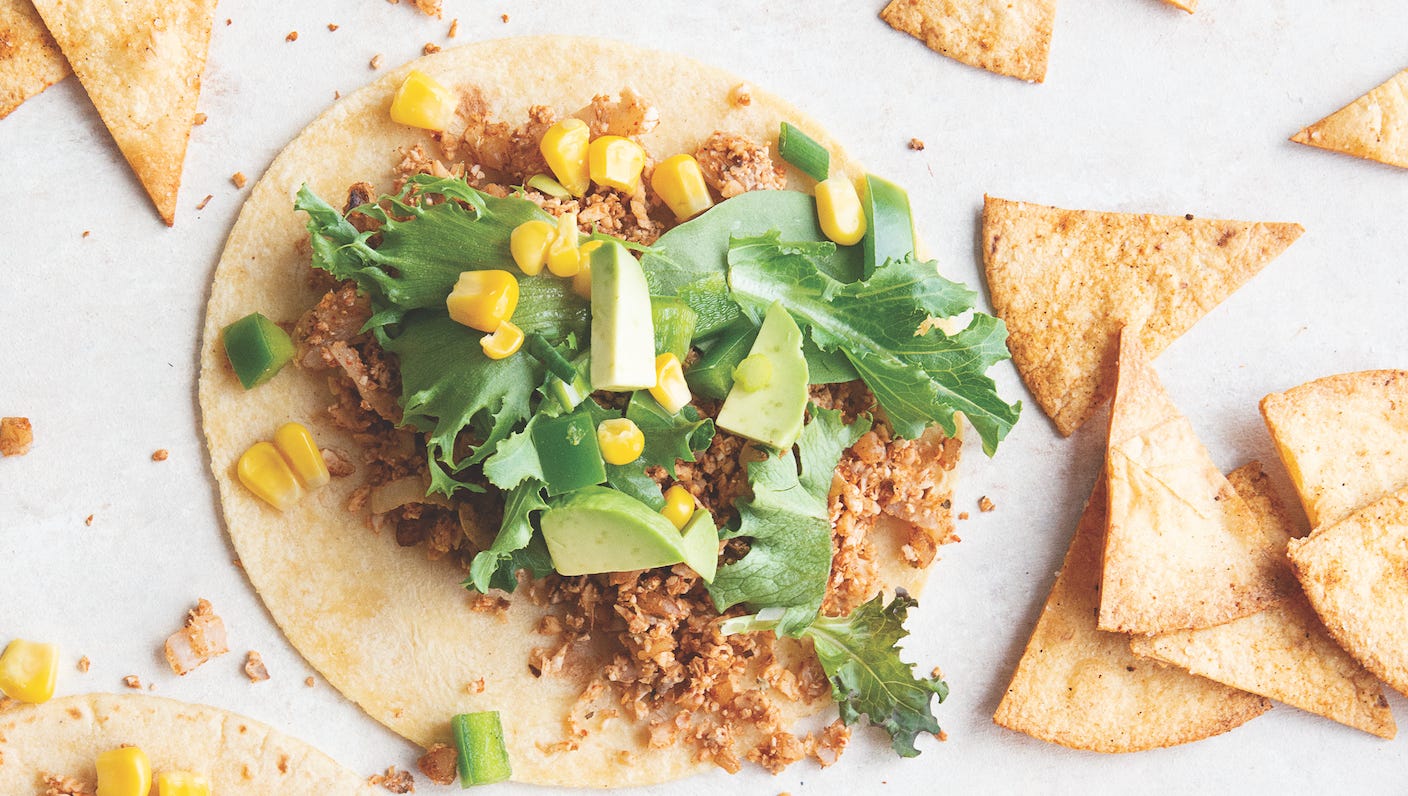Sometimes in life, events occur so pivotal to everything that follows, and in such unexpected ways, that you can’t help but wonder if there’s more to work in this world than meets the eye. This was certainly true with my father and the remarkable life he lived.
He was the first in his family to attend college, which he did at Penn State University. Early in his education there, he took a proficiency test that suggested he pursue a health or medical career. But being from the farm, he decided to take a step in this direction as a veterinarian. This would enable him to get back to the country, where he felt most at home.
My father worked hard at Penn State (and played hard as well), then in his third year, learned that his faculty advisor had worked out a special arrangement for him to attend veterinary school early, combining the first year of vet school with his final year at Penn State. So, in his fourth year, he headed south to the University of Georgia.
Not long after arriving in Georgia, he received a telegram that turned his life in a direction he never thought possible. It was a message from a famous nutrition researcher at Cornell, Clyde McKay, recruiting him to a graduate program in their department of nutrition. Of course, my father didn’t hesitate to accept the invite. To this day, he’s not certain how McKay learned of him, but is pretty sure it was from his faculty advisor at Penn State. He would never say this, but I think his advisor must have called up McKay telling him of an unusually bright student that would add value to the Cornell program.
With only a suitcase of clothes, he moved to Ithaca, New York, and got to work, earning his master’s degree in just a year. It was at this point that his life took another unexpected turn. The Vietnam War had not begun to rage yet, but my father had been in the ROTC program at Penn State, and the Virginia draft board thought he would make a good addition to the Army. They called him to a meeting back home and, after discussion and deliberation, granted him Second Lieutenant status with directions to report to an Army hospital in Colorado.
Shortly after he learned this news, he received another telegram, this time from Dr. Richard Warner at the Cornell nutrition department. Warner asked him if he could return for his PhD program. He shared this with the draft board, who decided they would grant a deferment so this farm boy from Virginia could take advantage of the unusual opportunity he had been given.
My father returned to Ithaca, this time to work on a course of study centered on research that made a great deal of sense to someone who had grown up on a dairy farm. A nitrogen-rich compound called urea was being used as an additive in livestock feed to stimulate faster growth. My father wondered if a close cousin, biuret, might be even more effective. Biuret was simply two urea molecules fused into one compound through a high heat process.
He fed this compound to sheep and cows but was not able to prove that it provided any additional growth benefits, although he did see something interesting. He observed that the gut biome changed rapidly with the introduction of the new additive, suggesting to him a close relationship between the food we consume and the bacteria in our digestive tract.
In contrast to where he ended up, my father started his research career trying to figure out a way to grow animals more efficiently for food production, motivated by his belief in the nutritional value of animal protein. I’ll return to this issue of bias, but in the next letter will discuss my dad’s first job after graduate school. It includes some interesting stories about toilets and strawberries that demonstrated his sense of curiosity and his rebellious nature, and a story about a young lady who was undoubtedly the most important part of his nearly 92-year-old life story.
Cauliflower-Walnut Taco Filling, by Kim Campbell
I love choosing recipes each week that can be made in big batches and frozen for later. My favorite is the cauliflower–walnut taco filling because it’s so much more than a taco base. It’s delicious on salads, tucked into wraps, layered in lasagna, or tossed with pasta. You can even change up the spices for a whole new flavor—try Italian herbs for a Mediterranean twist or curry powder for an Indian flair.
Your freezer truly is your best friend when it comes to simplifying mealtime. Whether you use freezer bags or reusable silicone containers, keeping a few ready-made recipes on hand makes healthy eating so much easier.
Here are a few of my favorite freezer tips:
Cool before freezing: Let food cool completely before sealing to prevent ice crystals.
Label everything: Include the name and date so you’re never left guessing what’s inside.
Freeze flat: Lay bags flat for efficient storage and quicker thawing later.
Portion smart: Freeze in meal-sized or single-serving portions to make thawing faster and reduce waste.
Thaw safely: Move frozen meals to the fridge overnight, or reheat gently on the stovetop or in the oven for best texture.
A little planning goes a long way—batch cooking and freezing make weeknights easier, meals fresher, and cleanup a breeze!
Here’s a link to the recipe: cauliflower–walnut taco filling walnut


Very interesting biography fragment. I've heard and read your dad's story before, several times, but you are adding details that I have never heard before and are very interesting indeed!